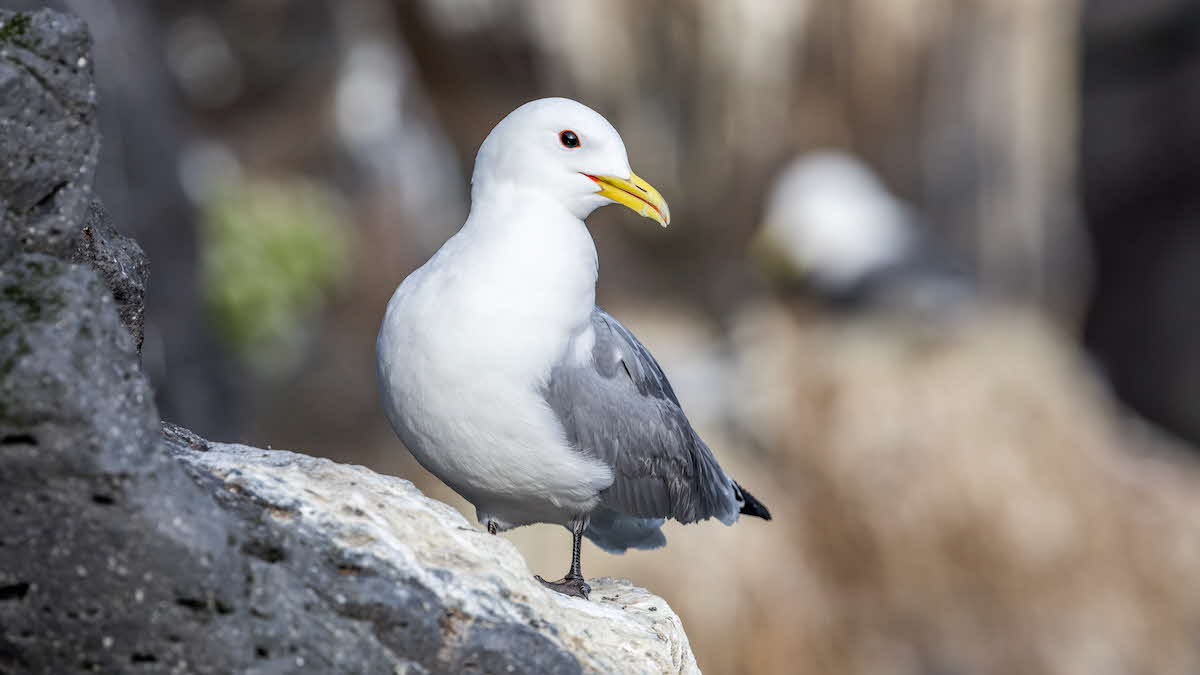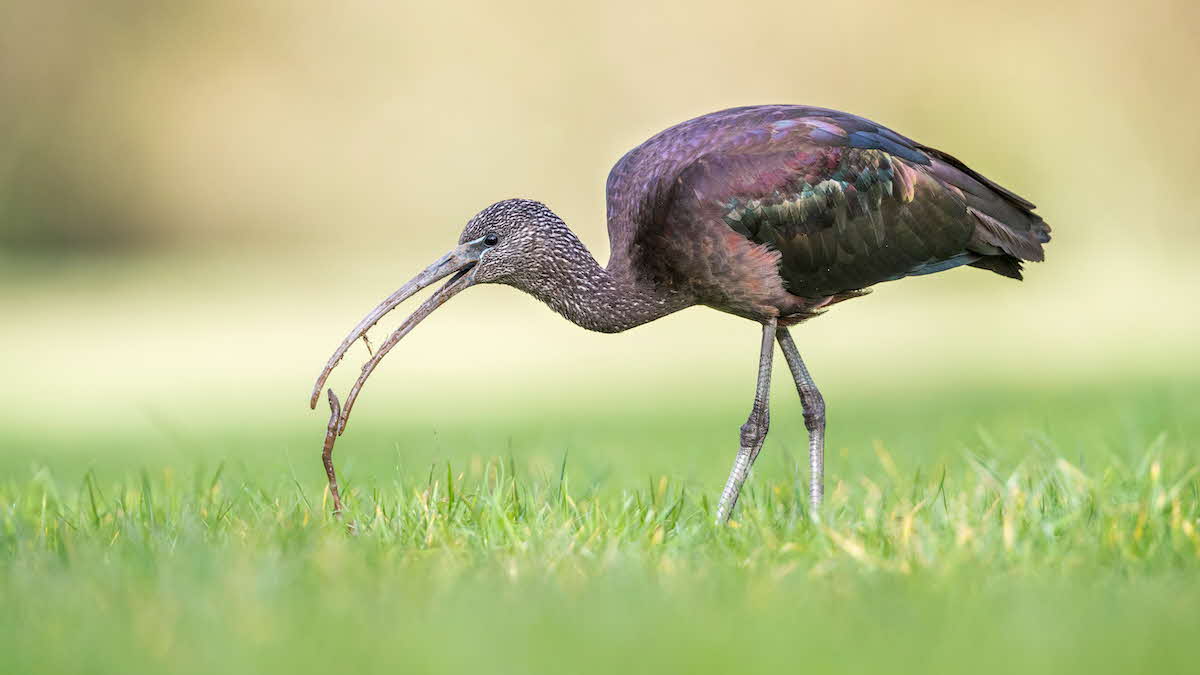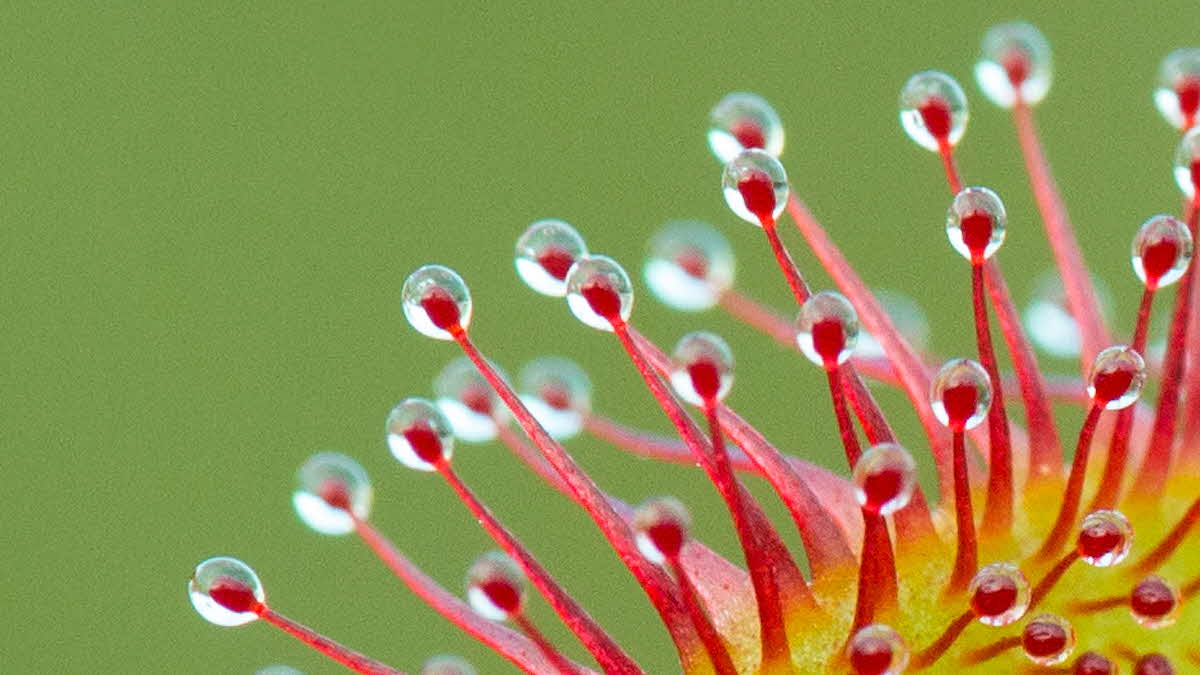Top nature campsites
You’ll be amazed at the variety of animals to spot on some of our Club campsites
View our top nature campsitesGlobal warming is profoundly affecting wildlife populations in the UK. David Chapman examines some notable shifts
To we humans, the effects of climate change are increasingly evident, from hotter summers to flash-flooding. The impact of global warming has been felt across wildlife populations too – evidenced through shifts in distributions and reproduction patterns. This month, I am going to look at some recent changes in the UK that are likely to have arisen due to the environmental crisis.
In the past few decades there have been notable changes among butterfly populations and their distribution. Some species are emerging earlier in the year to take advantage of warmer springs – the speckled wood, for example, was appearing 49 days earlier during the 1990s than in the 1940s (based upon the mean date of first appearance for each decade).
 The comma butterfly is spreading north at a rate of 10km per year
The comma butterfly is spreading north at a rate of 10km per yearOther species are spreading their wings to head farther north as our climate warms. This is true of about one-quarter of all our butterflies, an example being the comma butterfly, which was once concentrated in the south of England, but now breeds in Scotland, and continues to progress northwards at a rate of 10km per year.
Another butterfly, the brown argus, is following a similar pattern, making use of a different food plant which has enabled it to adopt new habitats. As a result it seems to be avoiding the parasites that once kept its population in check. But it is now encroaching into the habitat of the northern brown argus, a different species that does not appear willing to head north. Hybridisation between the two is causing a decline in the latter.
Dragonflies are also on the move. The willow emerald damselfly was first recorded in East Anglia in 2009, and is now found in Yorkshire, while the small red-eyed damselfly was identified in Essex in 1999 and now populates most English counties as well as south Wales. Many other dragonflies that were once recorded only as migrants, including the red-veined darter, are currently breeding in Britain.
 Wasp spiders, which spread significantly during the warmer summers of the 1990s, are now found as far north as Derbyshire
Wasp spiders, which spread significantly during the warmer summers of the 1990s, are now found as far north as DerbyshireOther insects and bugs spreading north due to the milder climate include the wasp spider, ivy mining bee and conehead (both long- and short-winged). Research suggests that, despite the fact they struggle in warmer weather, bumblebees are reluctant to follow their lead, so their populations are taking a hit. However, the tree bumblebee, which was first recorded in Wiltshire in 2000 and is now found as far north as Scotland, is a notable exception.
Global warming has also impacted the synchronisation of nature. For example, oak trees grow their leaves in response to temperature, so are coming into leaf much earlier than they used to. The caterpillars that depend on fresh oak leaves emerge earlier as a result, but the blue and great tits that feed these caterpillars to their young lay their eggs in response to day length, and this mismatch threatens their survival.
 Warming seas may be affecting the kittiwake population
Warming seas may be affecting the kittiwake populationBirds are enjoying mixed fortunes. Among seabirds, the puffin and kittiwake populations in the North Sea are decreasing, the latter by about 70% since the 1980s. For puffins the situation is more complicated, with some North Sea colonies seeing significant falls. Others – including those on Skomer Island in Wales – are doing well. These birds feed largely on sand eels, which in turn eat plankton, an ecosystem which is challenged by warmer waters, though over-fishing complicates the issue.
Some of our migrant birds are changing their behaviour. Swallows are now regularly recorded in the UK during winter, and we see more overwintering blackcaps and chiffchaffs. Fewer Bewick’s swans from Russia are wintering in Britain because they can find the warmer climate they need closer to home. The same is happening to starlings; winter murmurations have become smaller, and though this is partly down to a general population decline, many remain in eastern Europe through the winter.
Small birds that overwinter in the UK are surviving in higher numbers than they once did; goldcrest, wren and Cetti’s warbler are all doing very well.
Several Mediterranean species now breed in Britain. Over the past few years we have seen plenty of new colonisers, including great white egret and cattle egret; last year we had black-winged stilt and bee-eater nesting successfully, and it seems that colourful species such as the glossy ibis won’t be far behind. The influence of the changing climate isn’t always obvious on these species, but last summer when water levels dropped, great white egrets on the Somerset Levels had a great breeding season (35 nests raised 67 young) because the shallows allowed them to find more food.
 The glossy ibis is being recorded more frequently in Britain
The glossy ibis is being recorded more frequently in BritainSome birds are non-migratory so won’t move further north. For some, this poses a serious challenge; the ptarmigan, which lives in Scotland, has been heading to increasingly higher ground to find cooler conditions, but when it reaches the top of its mountain there is, of course, nowhere left to go.
As well as warmer temperatures, it is likely that we will experience more storms, and some areas of the UK will see more rain in the years ahead. Storms impact bird species that nest on beaches; for example, the breeding attempts of little terns and ringed plovers are being devastated by spring storms. In Scotland the already diminishing population of capercaillies is badly hit by wet spring weather as their youngsters are ill-equipped to cope with being drenched.
This brief overview shows that the outcomes of global warming on British wildlife are complex and interconnected. While we may have opportunities to observe new and different species, it likely that others will become harder to spot in the years ahead.
Every month I will show you a photo of something from the natural world. It might be a close-up, or a subject that is difficult to identify. All you have to do is figure out what it is! No clues or prizes – it’s just for fun. (I will give you the answer next month, but if you can’t wait, log in to the app!)

January 2023 issue answer: goldfinch.